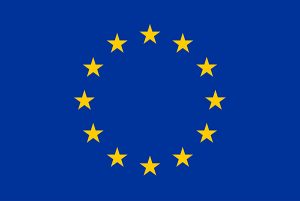4.1 The EU and Science Diplomacy – Introduction to the Module
Authors
Izaskun Lacunza1, Ana Elorza1, Leire Leguina1 and Lorenzo Melchor1
1 Spanish Foundation for Science and Technology (FECYT), Spain
Evaluators
The following reviewers have undertaken quality assurance of this module:
Tim Flink, Humboldt-Universität zu Berlin and the German Center of Higher Education Research and Science Studies (DZHW), Germany
Helen B Woods, University of Sheffield, UK
Marta Bozina, Juraj Dobrila University of Pula, Croatia
Mario González-Jiménez, University of Glasgow, UK
Susanne Keppler-Schlesinger and Maximilian Huck, Vienna School of International Studies, Austria
Practical information
- This module takes a minimum of 3 hours
- This module has been updated with new content since its launch in June 2020. This new module version has been made publicly available in March 2022.
- A PDF version of the module is available here:
How to cite this module
If you want to cite this module for academic or other purposes, please use the format below.
Izaskun Lacunza, Ana Elorza, Leire Leguina and Lorenzo Melchor. 2021. How Does the European Union Practice Science Diplomacy?. In: S4D4C European Science Diplomacy Online Course, Module 4, Vienna: S4D4C.

The material provided under this course is licensed under a Creative Commons Attribution 4.0 International License.

This project has received funding from the European Union’s Horizon 2020 research and innovation programme under grant agreement No 770342.